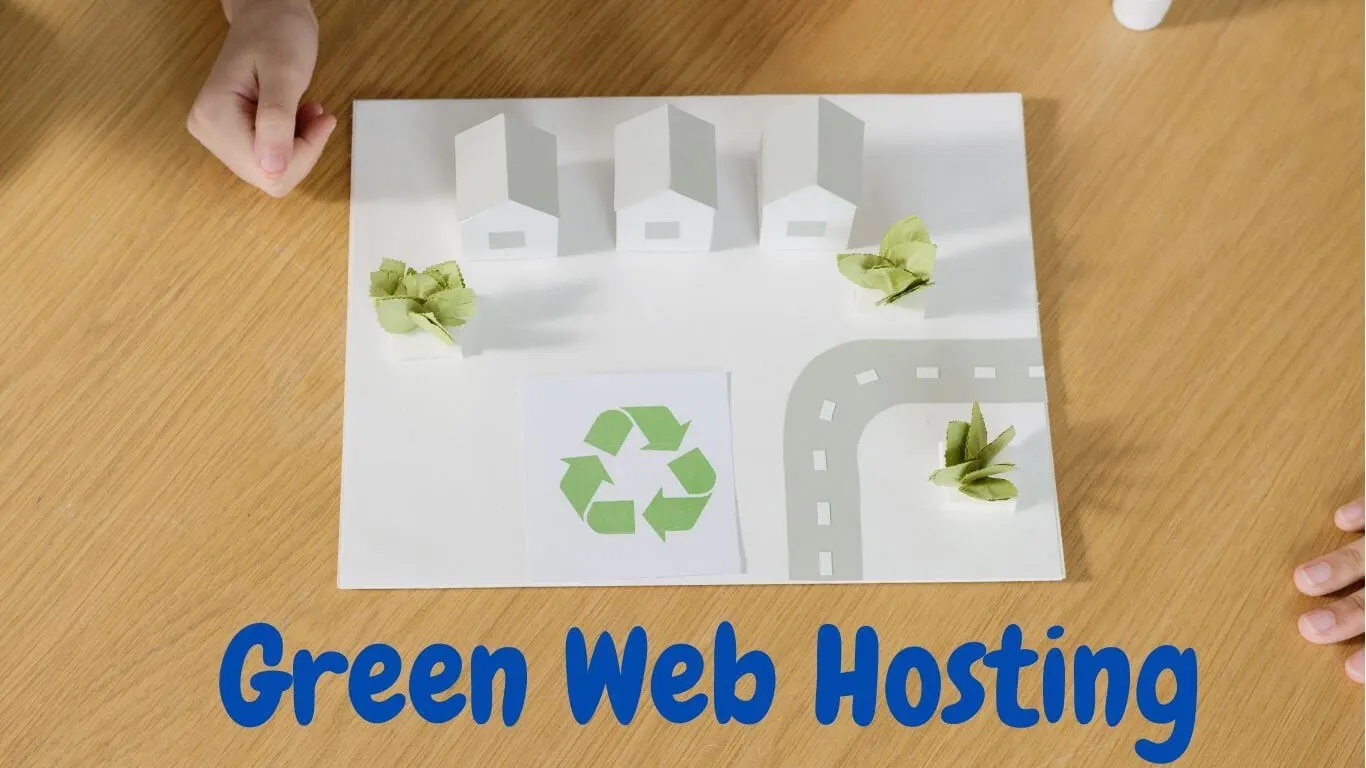The concept of green web hosting was born from the convergence of technology and sustainability. As the digital environment expands, so does the demand for sustainable practises that can keep up. Green web hosting comes as a response to this demand, combining technology improvements with environmental conscience concepts. Before we dig deeper into the numerous components of this one-of-a-kind collaboration, it’s crucial to first understand what green web hosting comprises and why it’s becoming an increasingly important aspect of the modern Internet scene.
What is Green Web Hosting?
Green web hosting is an environmentally conscientious method of offering server space for websites. Green web hosting, as opposed to regular hosting, is highly reliant on renewable energy sources such as solar or wind power. However, it is not restricted to simply powering the servers. Many providers go even further by assuring the sustainability of their entire infrastructure, from the buildings that host their servers to the business practises they employ. Collaborations with environmental programmes bolster their green credentials even more. The shift to a more sustainable strategy is more than a marketing trick. As the need to battle climate change grows, the transition to green web hosting has become a vital step. With each company that shifts to a green host, the tech industry moves one step closer to significantly reducing its carbon footprint.
The Environmental Impact of Web Hosting
Energy Consumption: Traditional web hosting, the backbone of the digital world, relies primarily on energy derived from fossil fuels. Such energy sources not only deplete our planet’s limited reserves, but also release vast amounts of greenhouse gases into the atmosphere, exacerbating global climate change.
Carbon Footprint: Every website visit, every data transaction, all contribute to the carbon footprint of a web hosting service. As our digital dependence grows, this footprint can reach astonishing proportions, making it essential to address and reduce it.
Green Benefits: In contrast, green web hosts are pioneers of change by using renewable energy such as solar, wind and hydropower. But his commitment does not end here. Many of these environmentally conscious providers go the extra mile by investing in carbon credits, effectively offsetting and often overcompensating for their residual environmental impact. This proactive approach sets a lasting precedent for the future of the digital sector.
How to Choose a Green Web Hosting Provider
Understand the importance of transparency: The first hallmark of a true green web hosting provider is transparency. Authentic providers will readily share insights into their energy sources, partnerships and offsetting strategies, highlighting their commitment to sustainability.
Seek Outstanding Performance: Although eco-friendliness is important, performance cannot be compromised. Your website’s success depends on site speed, uptime, and strong customer support. Find a provider that combines green initiatives with top-notch service.
Cost-Benefit Analysis: Eco-friendly doesn’t have to mean expensive. Dive deep into the cost structures of potential hosts. Compare the prices against the actual benefits they provide, both in terms of hosting features and environmental impact.
Dive Into Customer Reviews: Feedback from other users can provide invaluable information. Look for reviews that specifically address a provider’s overall service quality as well as its green credentials.
Measure Scalability and Future Commitments: Your website can grow, and so will your hosting needs. Select a provider that not only meets your current needs but also shows a commitment to future sustainable innovations and can grow with you.
7 Tips for Making Your Website More Eco-Friendly
The digital age demands sustainable practices not only offline but also online. If you are aiming for a green website, here is your comprehensive guide:
- Customize those images: Heavy images weigh down a website. By compressing and reducing file size, you ensure faster load times, which simply means less energy consumption. Tools like TinyPNG or Compressor.io can be a game-changer.
- Adopt a Clean Code: Bloated code can cause unnecessary server stress. Streamline your website code, eliminate redundancy and make sure it’s as efficient as possible. Clean coding practices increase speed and performance, reduce energy needs.
- Choose an Eco-Friendly Theme: Platforms like WordPress now boast themes designed for peak performance. Such themes are designed to use minimal resources, making your website both user-friendly and environment-friendly.
- Rethink Auto-Play: Auto-play videos, while engaging, are also power guzzlers. Energy consumption can be reduced substantially by limiting their use or by offering user-initiated play options.
- Stay Updated: Outdated software can slow down your site. Regularly updating your website’s software and plugins not only keeps it secure, but also ensures optimal, efficient operation while minimizing energy wastage.
- Take Advantage of Green Plugins: The digital sector is evolving, with some plugins now specifically designed to increase energy efficiency. Explore and incorporate them to further reduce your site’s environmental impact.
- Green Hosting Option: Possibly the most important step in your eco-journey, choosing a green web hosting provider ensures that your digital presence is supported by renewable energy sources, thereby drastically cutting down on your website’s carbon footprint.
Incorporate these strategies, and watch your website transform into a digital sustainability icon.
Conclusion: Paving the Path for a Sustainable Future
Green web hosting is much more than a trend; This is a game-changer. This signals a change in our digital habits. Every data byte we consume leaves an ecological footprint. Our digital choices have a profound effect. We can change this by choosing eco-friendly practices. It not only boosts our site performance but also join us in a global cause. Together, we move the web towards harmony. Here, innovation meets ecology, promising a greener future for all.



